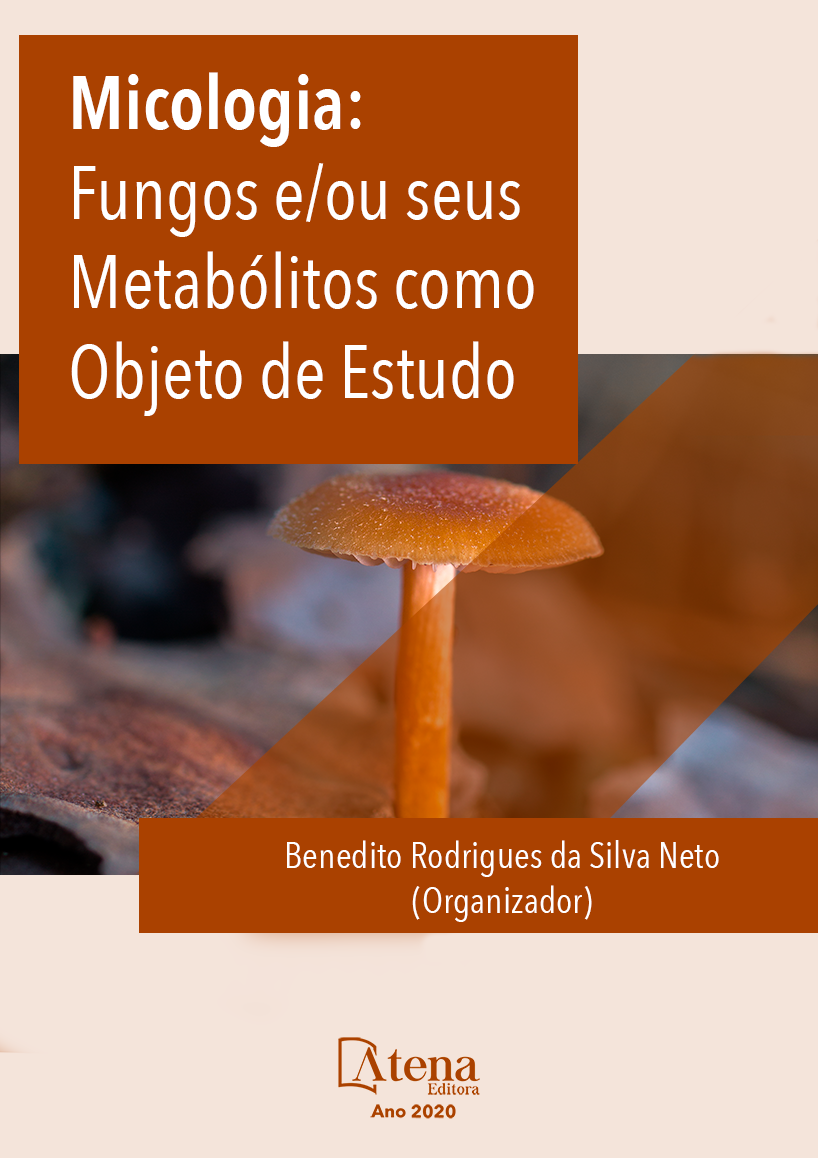
ESTUDO SOBRE A DIVERSIDADE DE FUNGOS ZOOSPÓRICOS QUE OCORRERAM NO LAGO DO PURAQUEQUARA, MANAUS, AMAZONAS
Os organismos zoospóricos são formados por fungos e pseudofungos, se caracterizam por apresentar flagelos em seus esporos reprodutivos. Esses organismos estão enquadrados em três reinos: Fungi, Chromista e Protista. Afim de aumentar o conhecimento sobre a diversidade de organismos zoospóricos na região Amazônica, foram coletadas alíquotas de água e do solo das margens, ao longo do lago, no mês do junho de 2017 e no mês de outubro de 2017. As amostras coletadas foram processadas no laboratório conforme método, de iscagem múltipla, preconizado por Milanez & Beneke (1968). A identificação dos fungos zoospóricos foi realizada através da observação de características microscópicas das estruturas desenvolvidas nos fragmentos das iscas. Foram identificados 24 táxons de fungos aquáticos, distribuídos em 14 gêneros: Catenophlyctis do filo Blastocladiomycota; Chytriomyces, Cladochytrium, Diplophlyctis, Gonapodya, Karlingia, Nowakowskiella, Podochytrium e Rhyzophydium do filo Chytridiomycota. O gênero que mais ocorreu foi Rhyzophydium. A espécie Rhyzophyium sphaerotheca, foi a mais abundante, aparecendo em todas as amostras coletadas e a espécie Rhyzophydium stipitatum foi a mais rara. Para o filo Oomycota foram identificados os gêneros: Achlya, Aphanomyces, Dictiuchus, Leptolegniella e Pythiogeton. Sendo, a espécie mais frequente foi: Achlya prolifera, com sete ocorrências entre água e solo, e a espécie menos frequente foi Aphanomyces helicoides. Os resultados demonstram que a diversidade de fungos zoospóricos pode ser ainda mais elevada no lago Puraquequara, justificando a continuidade dos levantamentos na região para ampliar os conhecimentos sobre a sistemática e ecologia dos mesmos.
ESTUDO SOBRE A DIVERSIDADE DE FUNGOS ZOOSPÓRICOS QUE OCORRERAM NO LAGO DO PURAQUEQUARA, MANAUS, AMAZONAS
-
DOI: 10.22533/at.ed.61920020710
-
Palavras-chave: diversidade, Amazônia, zoospóricos, água, solo
-
Keywords: Zoosporics, Amazon, Diversity, soil, water
-
Abstract:
Zoosporic organisms are formed by fungi and pseudofungi, they are characterized by having flagella on their reproductive spores. These organisms are framed in three kingdoms: Fungi, Chromist and Protist. In order to increase knowledge about the diversity of zoosporic organisms in the Amazon region, aliquots of water and soil were collected from the banks, at various points, along the Puraquequara lake, in the months of June 2017 and October 2017. The collected samples were processed in the laboratory according to the multiple bait method, recommended by Milanez & Beneke (1968) The identification of zoosporic fungi was carried out through the observation of microscopic characteristics of the reproductive structures developed in the fragments of the cellulosic, chitinous and keratinous substrates (baits). 24 taxa of aquatic organisms were identified, distributed in 14 genres. In the Fungi kingdom, the Catenophlyctis of the phylum Blastocladiomycota were identified; Chytriomyces, Cladochytrium, Diplophlyctis, Gonapodya, Karlingia, Nowakowskiella, Podochytrium and Rhyzophydium of the phylum Chytridiomycota. The genus that most occurred was Rhizophydium, with the species Rhyzophydium sphaerotheca, being the most abundant, appearing in all samples collected and Rhyzophydium stipitatum the rarest. Some species such as: Catenophlyctis variabilis, Nowakowskiella elegans and Cladochytrium replicatum were found in water and soil samples. For the phylum Oomycota belonging to the Chromist Kingdom, the genera: Achlya, Aphanomyces, Dictiuchus, Leptolegniella and Pythiogeton were identified. The most frequent species was: Achlya proliferoides, with seven occurrences between water and soil, and the rarest was Aphanomyces helicoides. Most of the detected species were found in the two compartments but Leptolegniella keratinophyla was isolated alone from the soil of the first collection. The results demonstrate that the diversity of zoosporic fungi may be even higher in the Puraquequara Lake, justifying the continuity of surveys in the region to increase knowledge about their systematics and ecology.
-
Número de páginas: 27
- Jean Ludger Barthelemy
- Maria Ivone Lopes da Silva


